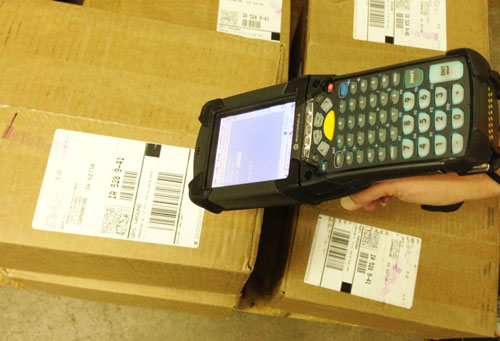5 Ways Online Retailers Can Reduce Returns

Customer returns are a cost that every retailer deals with. Whether it’s due to a defective product or a customer who has changed their mind, the cost of a return will always have a negative impact on a retailer’s bottom line.
For online retailers, the returns process is even more complex and more expensive, since returned items must be shipped back and cannot simply be dropped off at a store. This means any steps an ecommerce seller can take to reduce or eliminate a return is beneficial.
Here are 5 things that online retailers can do to lower returns.
#1 – Enable Product Comparisons
Many returns are simply the result of a customer not getting what they expected out of their product. Good product merchandising on your website goes a long way in shaping a buyer’s expectations of what an item is. Retailers that help potential buyers easily compare products by features or between manufacturers will see fewer returns. The more information the buyer has, the better purchasing decision they can make.
#2 – High Quality Images
A similar cause of disappointment (and therefore returns) for a buyer can be the result of a product looking different in person compared to the website. So use quality images on your website – they don’t just make the product “look nice”. Good quality images show the buyer what the product actually looks like so there are no surprises when the customer’s order arrives and the box is opened.
#3 – Access to Support
Another important method to prevent returns is to get help for the buyer at the ‘point of crisis’ – this is the point when your customer is frustrated with a product and contemplating a return. Having good customer support and information sharing to help them fix their ‘crisis’ is key. The type of support you offer depends on the type of product you’re selling. But disappearing from the customer experience once a purchase is made is a bad move.
#4 – Reviews
Contrary to what many retailers think, allowing customer reviews of products on your store can improve sales and prevent returns. Online shoppers understand there will always be reviews that are super harsh and others that are unrealistically positive. But somewhere in the middle is useful and constructive feedback on the products. This middle ground helps shoppers make more informed buying decisions that will translate into fewer returns.
#5 – Collect and Use Feedback
Data is power, yet few online retailers have a process to collect and use data on the ‘why’ behind returns. Paying close attention to the patterns and the reasons behind returns is the first step to understanding and preventing them. Just being efficient at processing returns from an expense standpoint is not enough.
Returns are a big cost center for online retailers. Many make the mistake of taking on the problem with an approach that’s focused on being better at their reverse logistics process. But many do not take steps to be better at prevent them in the first place. In many ways, returns prevention is a matter of helping the customer have the clearest picture possible of what they’ve bought and making sure they get the most out of it as soon as their purchase is put into use.

